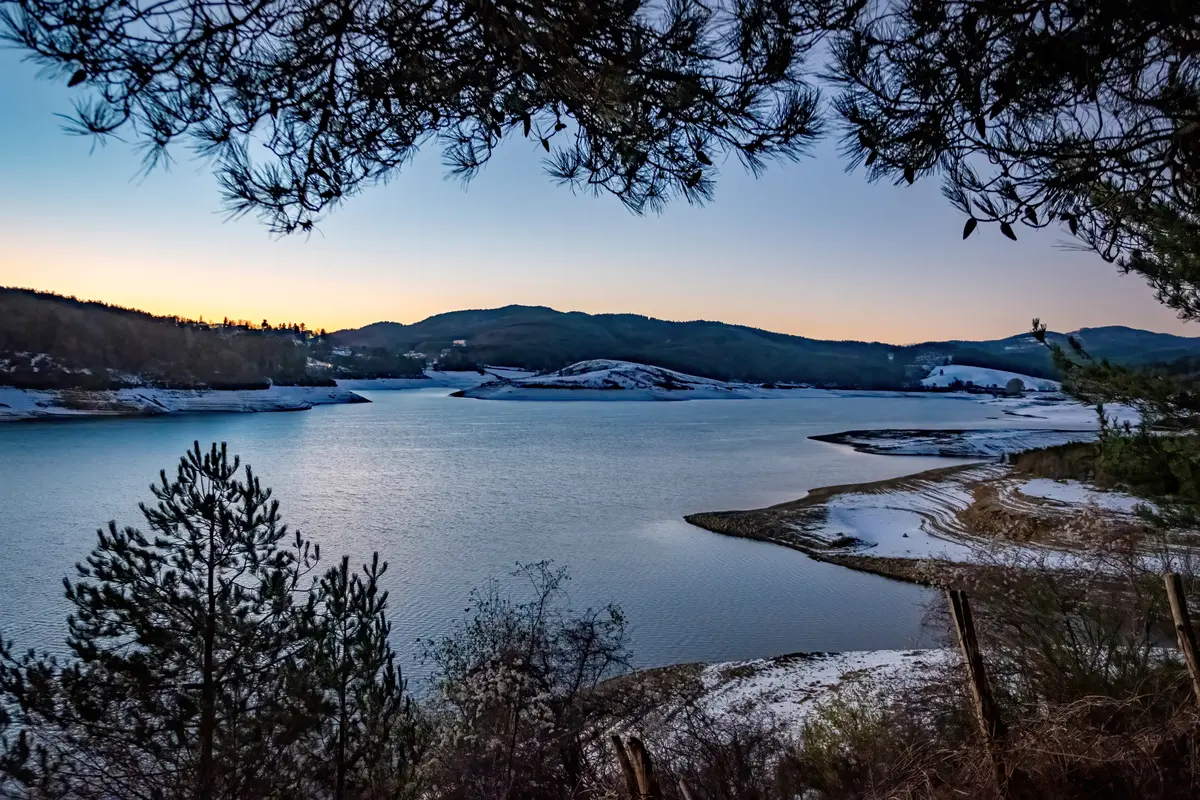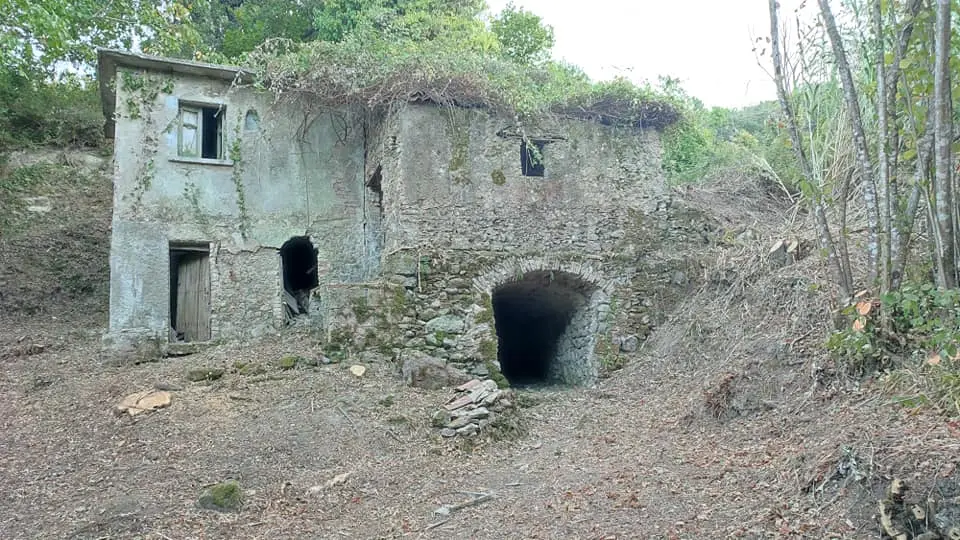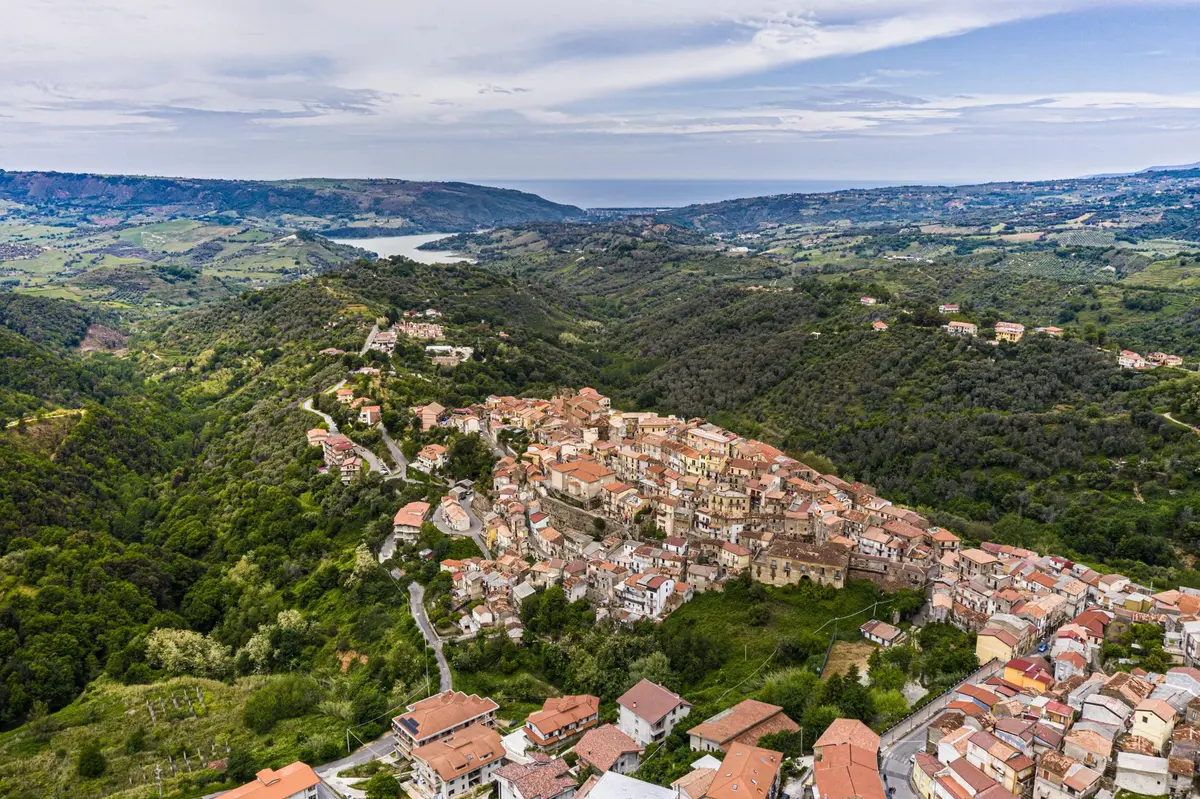Discovering the village of Aiello Calabro
Excursion to Aiello Calabro amid history, art and traditions
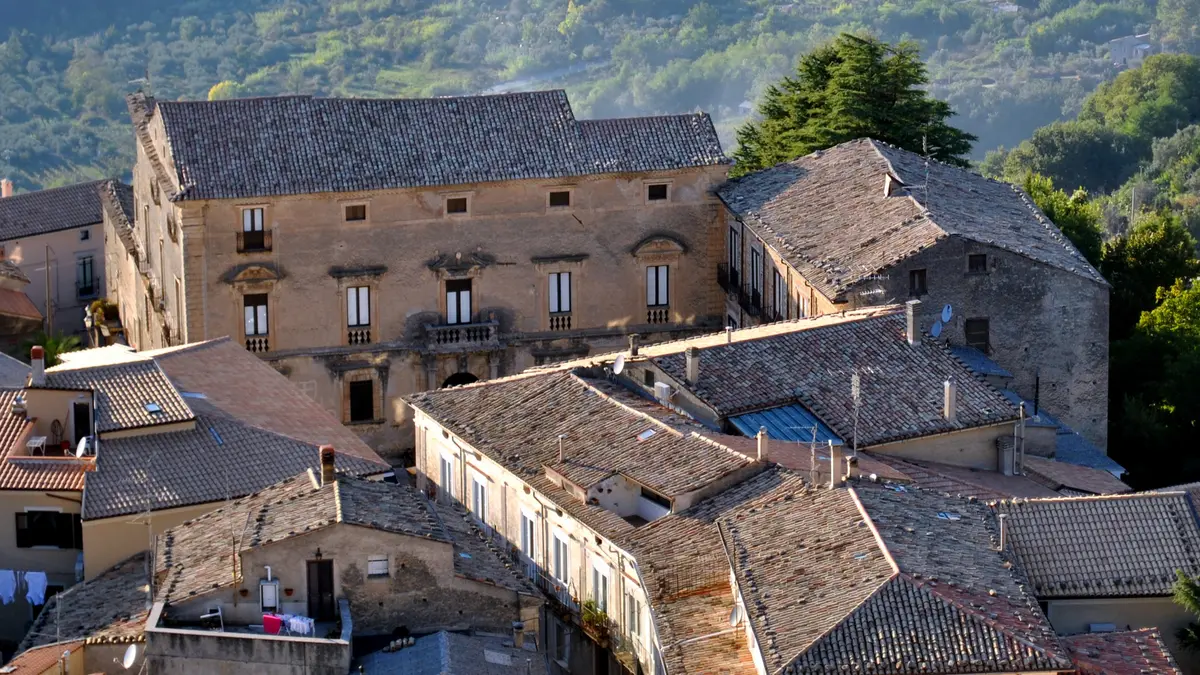
Art and Culture
Regione Calabria
Among out-of-town trips in search of authentic towns and villages, the one to Aiello Calabro, in the province of Cosenza, delivers us the monumentality of a town that boasts a long and fascinating history.
The protagonist of a novel entitled La Rosa d'Ajello (Sergio Ruggiero, 2009), Aiello Calabro (CS) is the setting for a compelling story that takes place in 1269, with the events of the Angevin siege providing the backdrop.
From here we set out to discover a village where, even today, every stone in the historic centre speaks and bears witness to the nobles who left behind precious works of art and legends.
What to see and do in Aiello Calabro
Perched on the hills of the Tyrrhenian hinterland, the village of Aiello Calabro gathers around the ruins of its Castle and houses a series of buildings and works that make it the perfect destination for a family outing.
The history of Aiello Calabro confirms that its strategic position, along a diversion of the Roman Via Capua-Rhegium, made it a coveted territory and at the centre of bitter disputes between Normans and Saracens, Aragonese and Bourbons, also due to its fertile fields and traditional silk production. In the 16th century, it was Prince Alberico I Cybo-Malaspina, of Tuscan-Ligurian origin, who conquered the fief and administered it until more recent times. It is precisely to this period that the most important artistic and architectural testimonies of the historical centre date back.
What to see in the village of Aiello Calabro? Let us start with a visit to Cybo-Malaspina Palace, which stands out in all its splendour in the centre of the town's main square. The result of renowned southern craftsmen, this large palace is the highest expression of the lords of Aiello Calabro, with a beautiful portal with two Doric-Tuscan columns and a mascaron. The entrance hall leads to the floors, with decorated stone staircases.

A walk through the historical centre reveals other enchanting palaces (Viola, Maruca, De Dominicis, Di Malta), many of them enriched by courtyards and internal gardens, chapels, sculpted portals, and glimpses of alleys and small squares with centuries-old charm.
Among Aiello Calabro's 10 churches, the Mother Church of Santa Maria Maggiore is a true 14th-century jewel, rich in polychrome altars and works by Neapolitan schools. Then there is the former Convent of the Observants, partially destroyed (like the castle) by the 1638 earthquake, whose Church of the Madonna delle Grazie and Cybo Chapel can now be visited.
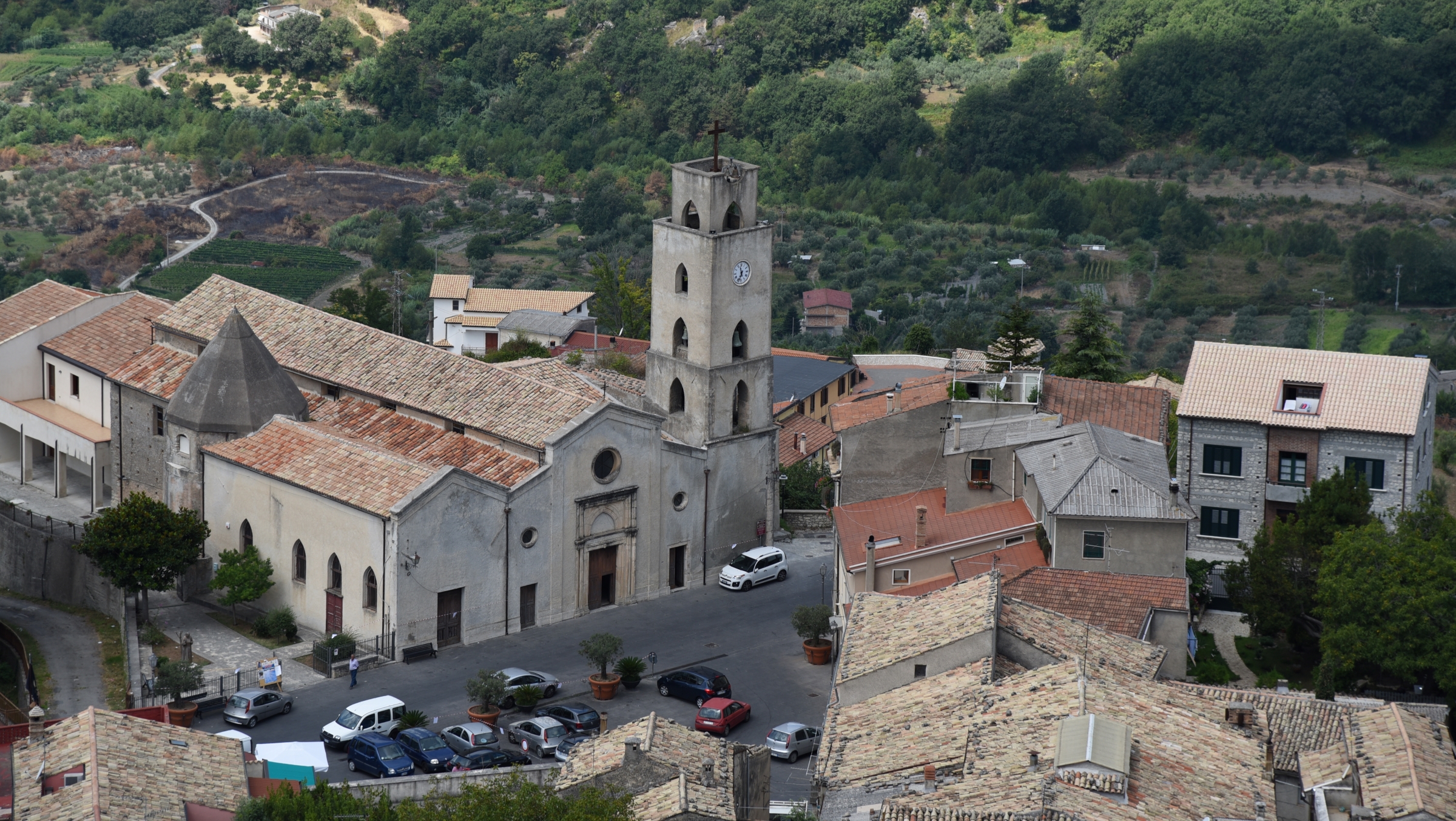
Walking uphill through the narrow streets of the centre, we reach the scenic ruins of the Castle of Aiello Calabro (CS) and discover what remains of "one of the first fortresses of the kingdom", as Leandro Alberti defined it in 1525. The ancient residence of the knight Francesco Cybo, organised in the form of a rich library with very rare works, was equipped with five iron gates, a drawbridge, a keep tower with a square base, the Clock Tower and several watchtowers, as well as chapels and service rooms. Of the original structure, the perimeter walls, the spurred corner towers and the cisterns can be distinguished today.
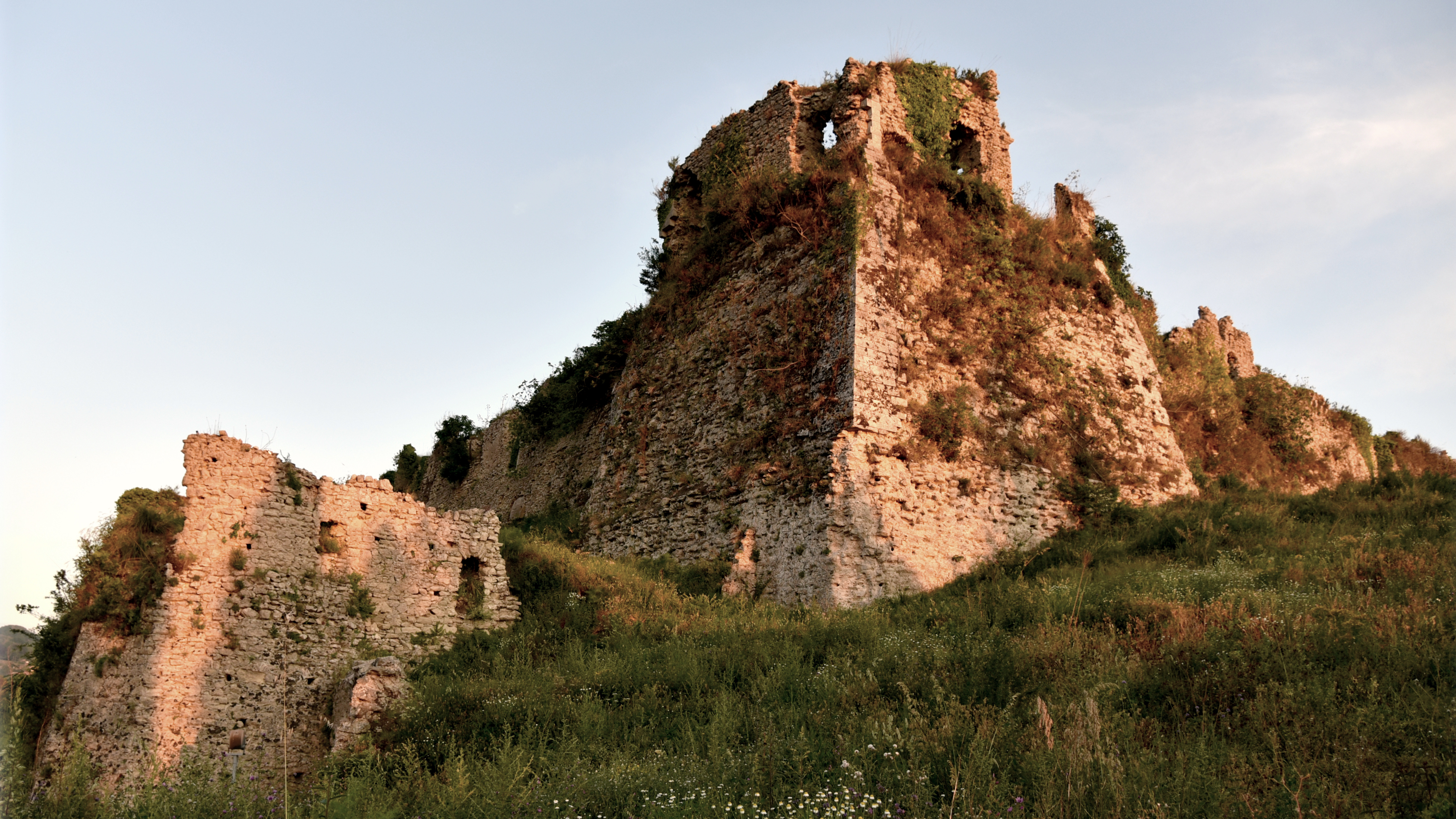
Finally, we discover the traditions and typical dishes of Aiello Calabro with a lunch of local cured meats and cold cuts to end with the Aiello dessert par excellence, u 'nginèttu (a biscuit covered with sugar and egg white icing), and a walk in search of craftsmen and ancient workmanship.
These include the manufacture of damask and silk fabrics, an important trace of the bachisericulture activity that women practised in Aiello Calabro since ancient times.
The best time to visit Aiello Calabro? Obviously in any season of the year, but for those who love folklore and popular festivals, we recommend 5 February and the first Sunday in May, when the patron saint, Geniale Martire, is celebrated; or the dates of 1 and 2 July, for the Madonna delle Grazie.
Around Aiello Calabro
What to see around Aiello Calabro (CS)?
Before leaving this welcoming area, let's take a tour around the immediate vicinity of the village. We descend towards the Tyrrhenian Sea, crossing the lush Savuto Valley and the mid-coast hamlets where the fine Savuto PDO wine is produced and can be tasted.
Not to be missed, in the surrounding area, is a visit to the Castle of Cleto, in the municipality of the same name, and an incomparable sunset over the sea to be admired in the locality of Coreca and at the Regional Marine Park "Scogli di Isca", between the municipalities of Amantea (CS) and Belmonte Calabro (CS).
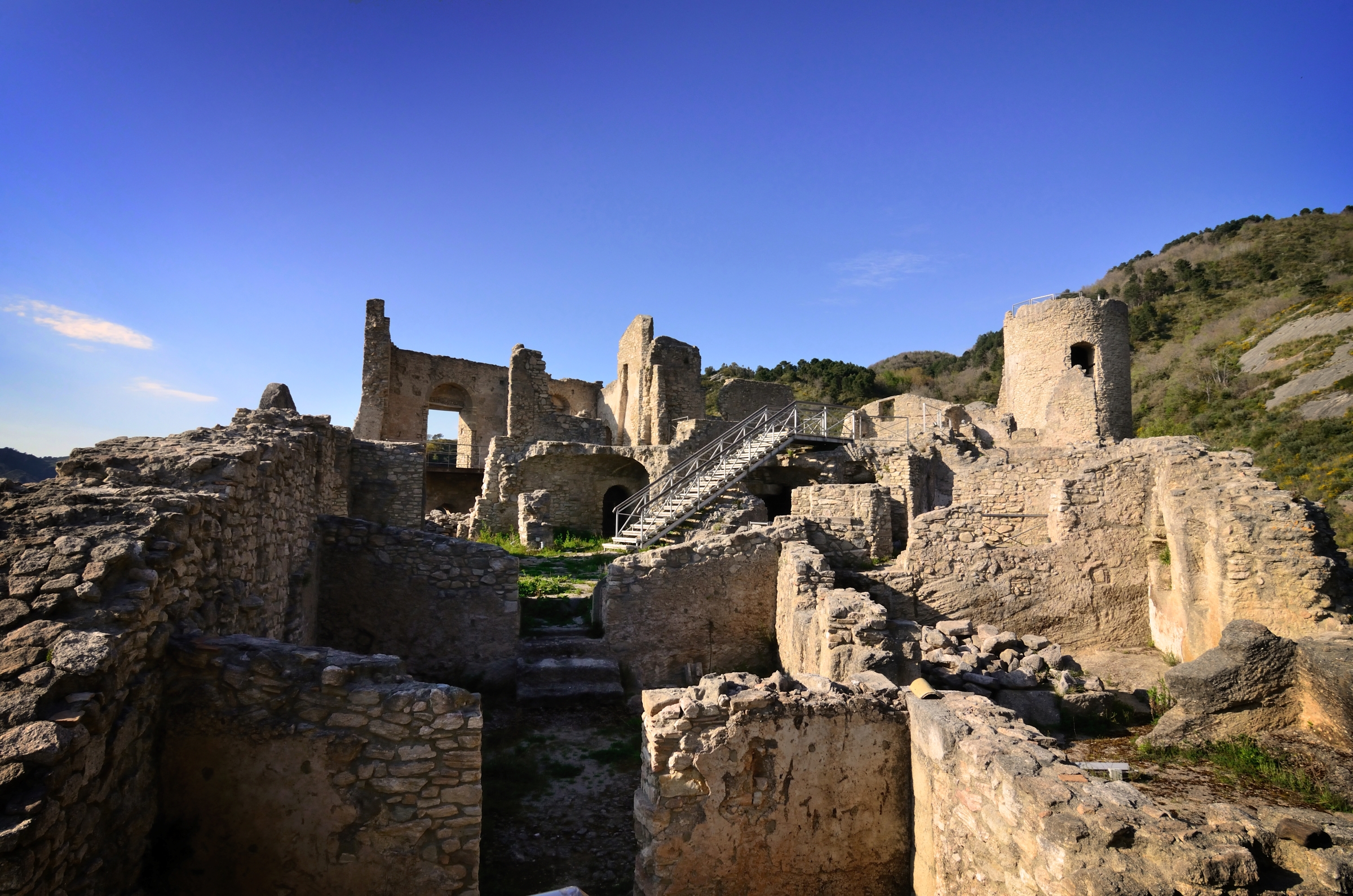
https://calabriastraordinaria.it/en/news/discovering-the-village-of-aiello-calabro
